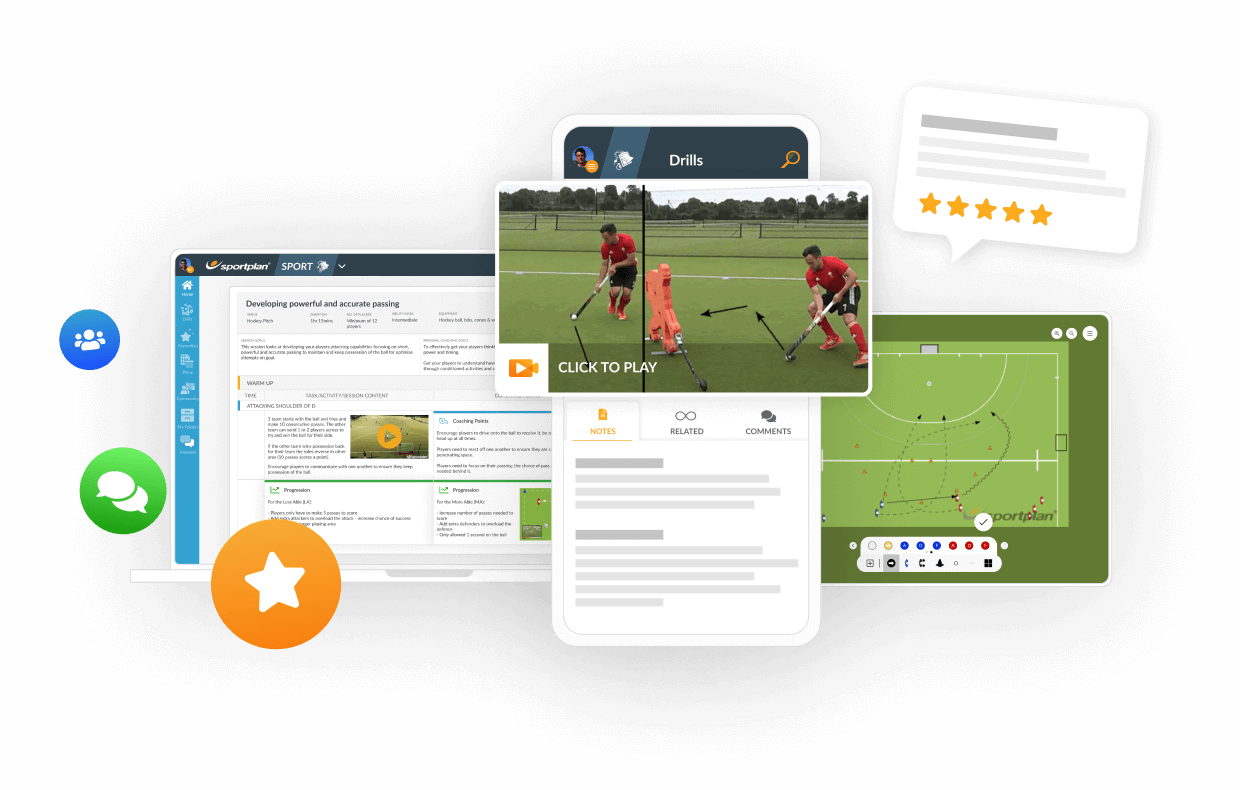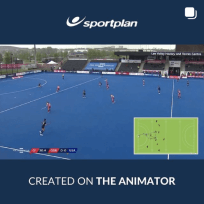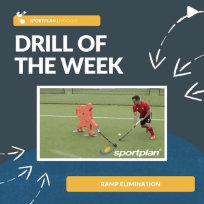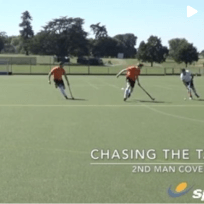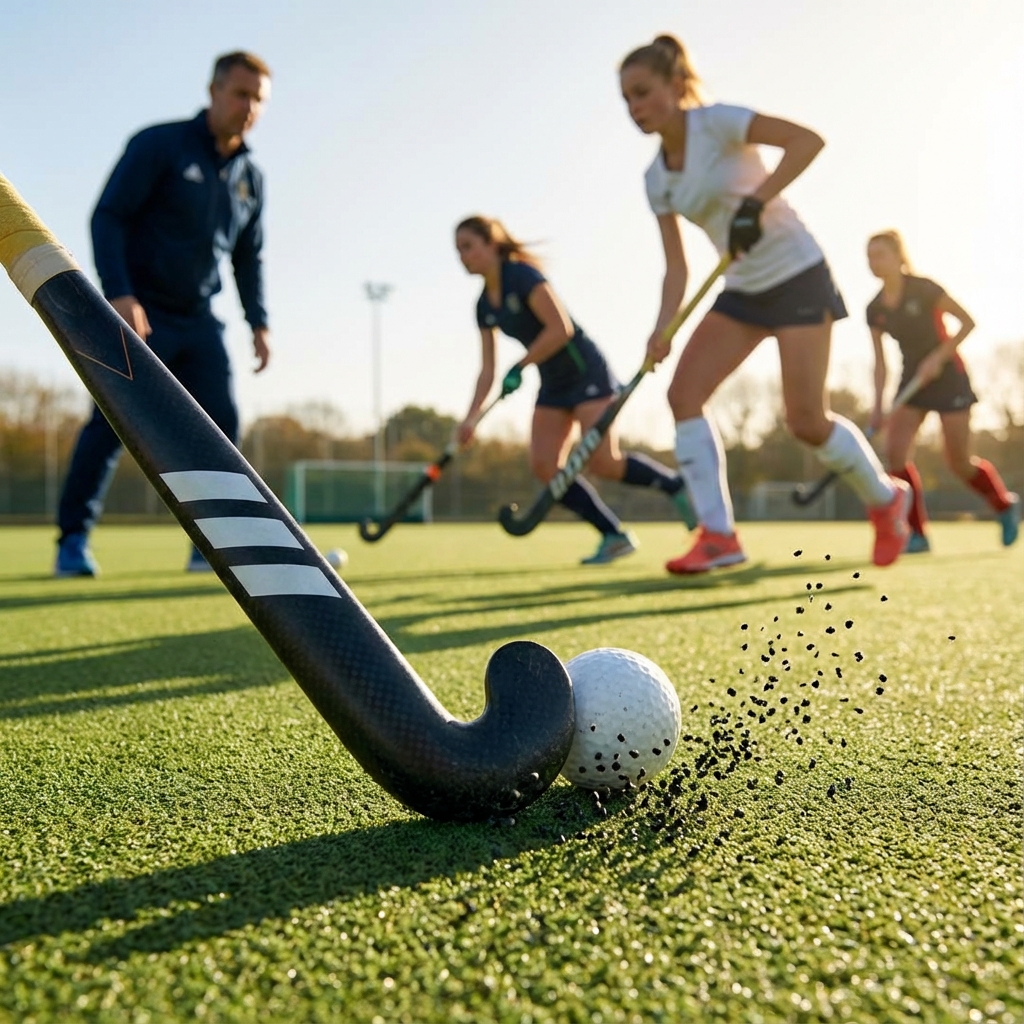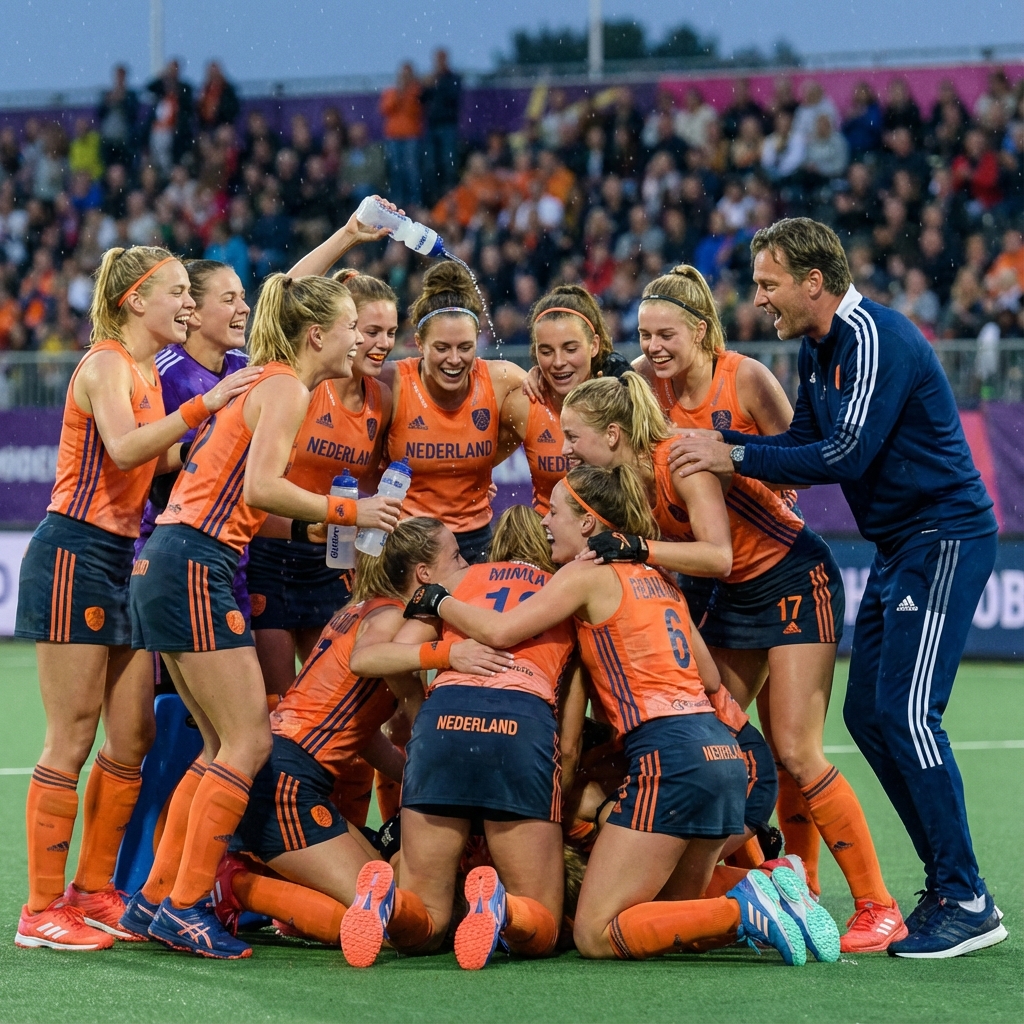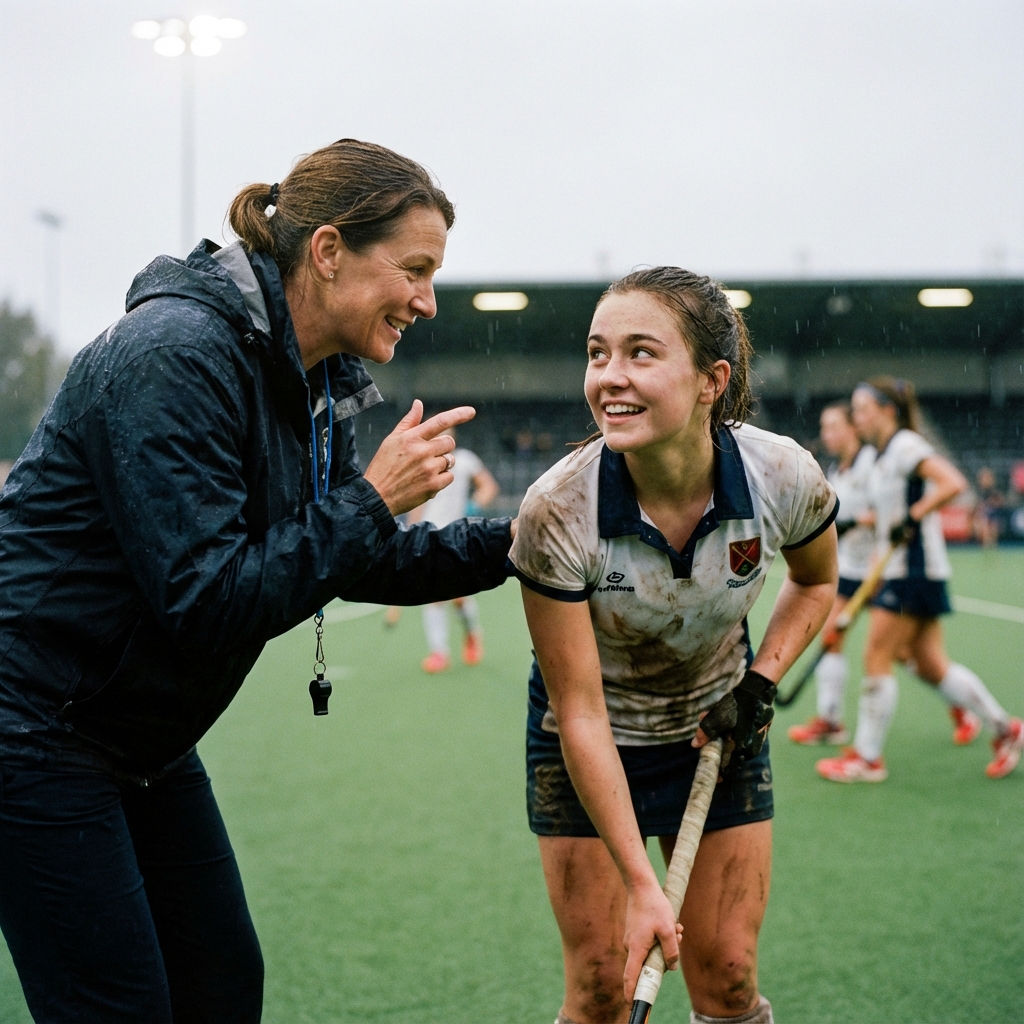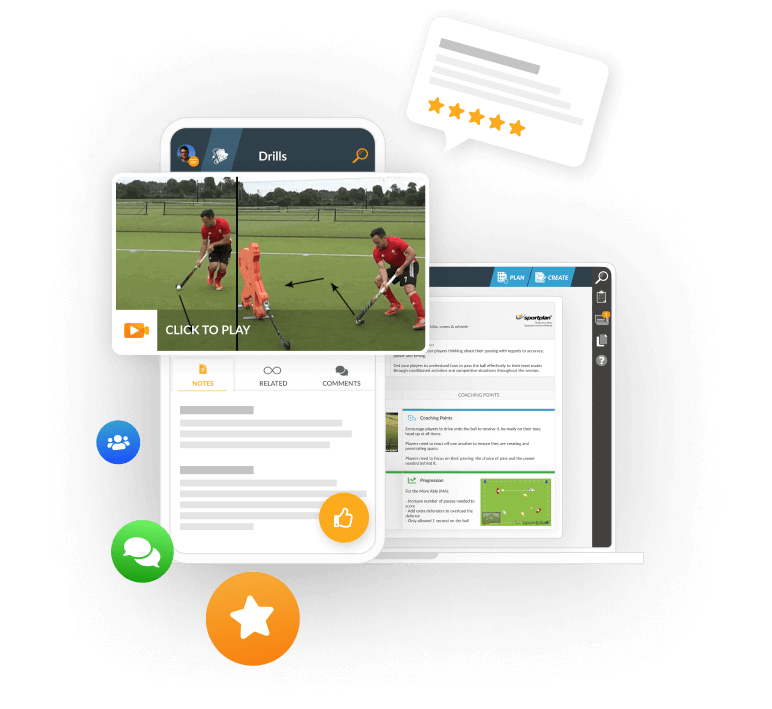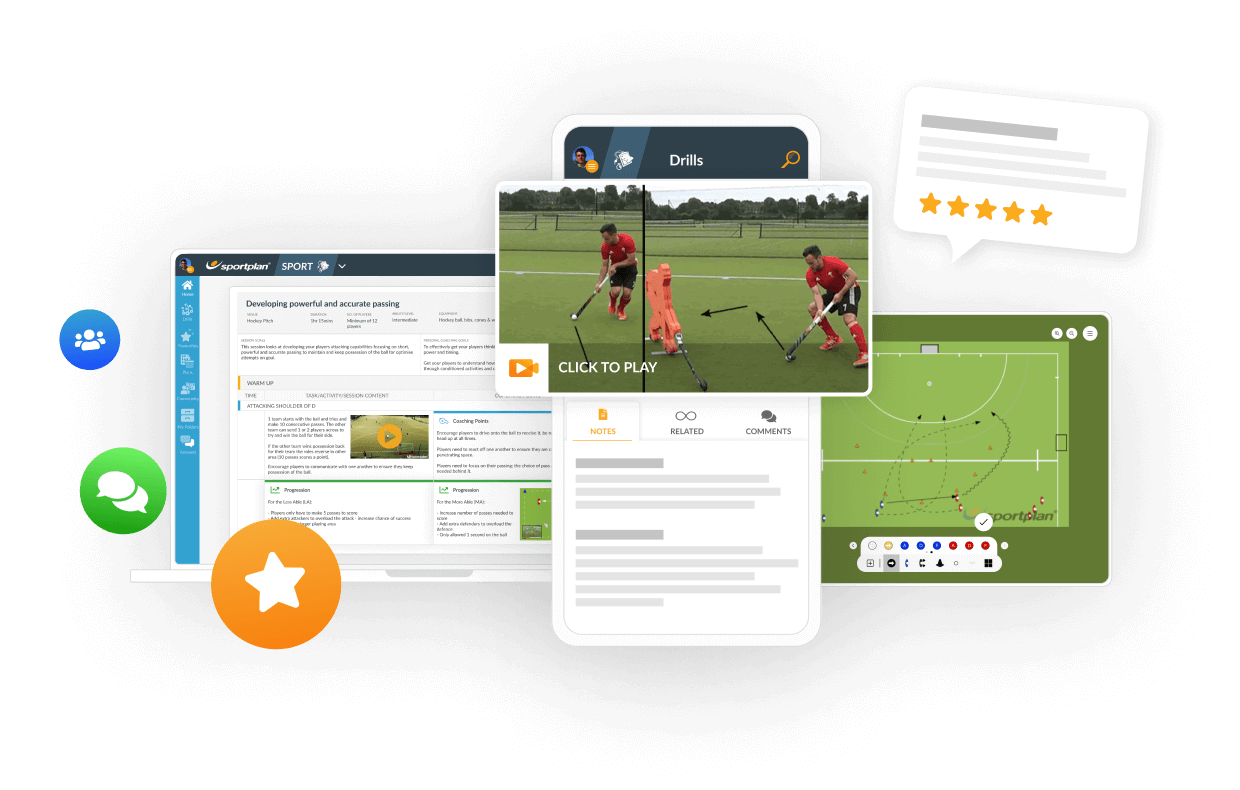Coaching plan (season outline) for coming season?
Hi all, after "volunteering" at the last minute to coach last season, I'm looking forward to coaching again this season but would like to be a bit more organised starting the season. Last season I used drills from here (thank you contributors) and put together a practice plan each week addressing what I thought were our weakness from the game just played. This got us through the season, we were promoted after grading and finished the season in the top 4 playoffs for our grade.I wonder if there is some kind of guide to putting a more coherent training plan together for the season.I'm coaching a boys secondary school team, aged 12-18. What kind of skills should they have mastered?What should they be attempting, working towards mastering (individually and as a team)?I last played as a collage boy on grass fields, the change to turf pitches has obviously obsoleted (along with age) much of what I knew as a player.Any pointers appreciated.David





Hi David,
It seems as if you know your philosophy and what you want to achieve, which means that should come through to your players and they will respond accordingly - which is always a great place to be in!
Goalkeepers are always tricky, as most outfield`s have no experience with them. I`d recommend checking out the goalkeeper drill section some ideas of exercises, as well as the Hockey Masterclass on the home page. This will give you some real fundamentals of goalkeeping, which could be just what you need if they are relatively inexperienced in this position.
In order to include the GK across the entire training session, I usually attempt to integrate game play situations as quickly as possible, which makes my life as a coach much easier. When you do perform isolated drills where you can`t include a GK, then i`ll also set up an isolated drill for a GK. At the start of the year, this may be something related to footwork and agility, and then progressing through to saving various styles of shooting, using a few players from your team (making sure that the outfielders know this is an exercise for the GK`s and should therefore give the GK the opportunity to make saves).
Check out youtube as well, quite a few clubs have begun to release their GK exercises after little pushes from their NGB.
Knowing your formation is definitely key. Make sure you know your `default` formation before you get to preseason, so that you can manipulate your coaching sessions around your desired shape. I`ve attached a document to the answer, is this what you mean by 5-3-2, it seems different coaches from different countries like to call formations in different ways.
I would actually say changing the formation after losing experienced players could be very difficult. With experienced players present, they are more likely to adapt to the new style quicker and be able to help the others along, where as now you will have a less experienced squad on the whole learning an entirely new system. If you feel like a change of style will benefit that jump in head first, but just be weary.
Again, i hope this has helped and let me know your thoughts. After all, nothing better than talking Hockey!
Josh
Hi David,It`s great to hear you enjoyed your first season in charge, and are already looking forward to and planning the forthcoming season!
In terms of planning for the season, your initial plans should be based around your coaching style, and the philosophies that you wish to input into your players (such as formation, pressing, general style of play etc.). These core values make sure all players are playing in the same style and are working towards the same goal.
Focusing on the above points will naturally bring out the basic elements of hockey, such as; passing, receiving, dribbling, shooting, defending etc. Emphasis should be made on making sure these are up to scratch before you consider moving on to more advanced skills (if your team is struggling to create scoring chances, is there much point in practicing reverse stick shooting?).
As your season progresses, then basing your sessions on your teams recent performances seems like an excellent way to approach coaching, so keep that up!
With regards to the age of your players, this usually dictates (to some degree) the level of hockey that will be on show, but i am certainly of the opinion if you are good enough you are old enough, and therefore if you feel a player can make the step up, push them to do so! With a group of boys 12 and up i would think they are very competitive and will therefore respond to being pushed, but everyone is different, so try to understand what makes your players `tick`.
One thing i would recommend is to think about your goalkeepers as early as possible. They often get forgotten about and are forced to take part in mundane drills made up on the spot. Any sort of specific coaching drills for your GK will be much appreciated.
Hope this gives you a broad once over of coaching for the season, let me know if anything is unclear and your own thoughts on the above! Good luck for the season and have fun!!
Josh
Hi Josh,
thanks for that, you`ve pretty much reinforced my thinking. Good to know I`m not heading down the wrong path. I guess my style is pretty relaxed and informal, I want them to master the basics(can`t win without possession), but also introduce something a bit advanced every so often to keep it interesting and to cater to some of the older players (some could/should be playing representative level).
The goalkeeper is a concern for me, last season we had an experienced keeper who knew what he was doing and managed himself very well, but he`s now finished school. I`ve got two boys (13 & 14yr olds) who put there hands up for keeper at the end of last season. I worry a bit because of the attention/focus time all the boys have and being able to keep everyone busy and on task.
One of the things I`ve been wondering about is field formation. Like the rest of the competition we used the 5-3-2-GK formation. I wonder given we`ve lost a number of our stronger/experienced players to leaving school, whether taking the field with perhaps a different formation might be beneficial? Or am I jumping too far ahead for myself and team?
David
Hi David,
It seems as if you know your philosophy and what you want to achieve, which means that should come through to your players and they will respond accordingly - which is always a great place to be in!
Goalkeepers are always tricky, as most outfield`s have no experience with them. I`d recommend checking out the goalkeeper drill section some ideas of exercises, as well as the Hockey Masterclass on the home page. This will give you some real fundamentals of goalkeeping, which could be just what you need if they are relatively inexperienced in this position.
In order to include the GK across the entire training session, I usually attempt to integrate game play situations as quickly as possible, which makes my life as a coach much easier. When you do perform isolated drills where you can`t include a GK, then i`ll also set up an isolated drill for a GK. At the start of the year, this may be something related to footwork and agility, and then progressing through to saving various styles of shooting, using a few players from your team (making sure that the outfielders know this is an exercise for the GK`s and should therefore give the GK the opportunity to make saves).
Check out youtube as well, quite a few clubs have begun to release their GK exercises after little pushes from their NGB.
Knowing your formation is definitely key. Make sure you know your `default` formation before you get to preseason, so that you can manipulate your coaching sessions around your desired shape. I`ve attached a document to the answer, is this what you mean by 5-3-2, it seems different coaches from different countries like to call formations in different ways.
I would actually say changing the formation after losing experienced players could be very difficult. With experienced players present, they are more likely to adapt to the new style quicker and be able to help the others along, where as now you will have a less experienced squad on the whole learning an entirely new system. If you feel like a change of style will benefit that jump in head first, but just be weary.
Again, i hope this has helped and let me know your thoughts. After all, nothing better than talking Hockey!
Josh

4-3-3 [or 4-1-2-3]
DESCRIPTION
4-3-3 [or 4-1-2-3]
DESCRIPTION
Hi,
Yup, the naming or number system does vary a lot. My understanding of 5-3-2 as I`ve played (here in New Zealand) is 5 forwards (2 wings, 2 inners and a centre), 3 halves and 2 backs. I`ve been confused a couple of times until I saw something that gave the order away and realised the articles were talking about the same formation 4-3-3 vs 3-3-4.
My thinking with possibly adopting a different formation was to strengthen the defence a bit. Last season when we were playing teams that had won other matches by a large margin, on defence I had our centre forward drop to centre half and the centre half drop becoming a 3rd back. These two players understood the game quite well and read the change in play and switched forward or dropped back as needed. Unfortunately they`ve both finished school. I guess some of this comes from me not wanting the boys to be on the receiving end of a big loss. Winning or loosing by 1 or 2 is ok, but loosing by 4 or more is demoralising. Something we practised and talked about, but didn`t do was switching/crossing the ball to the other side of the field, having 3 or 4 backs might help them have the confidence in switching the ball across the field from a free hit/penalty? Another consideration was the forward line became bunched up quite often when approaching the 25 and circle, the wings coming in a bit and squeezing the inners onto the centre.
We`ll have four games as part of the initial grading round, I wonder if that would be enough time to see if a change would work, if not then fall back to the 5-3-2 that they`ve played all along?
I`ve gone through the links and documents I found during my hunt for information that would help me last season. I found on the Hockey NZ website a pdf titled Position Requirements which describes a 3-3-4-1 formation that is recommended, funnily enough it appears to be identical to your 4-3-3 formation shown in the attachment to Josh`s 2nd post, but numbered in the opposite direction.
I`m going to go with this formation for at least the grading round, and re-evaluate after that.
Thanks
David
Hi David,
Seems like you`ve got a good plan formed! Let me know how the grading goes and if you make any changes afterwards.
On the bunching issue, it normally stems from your forwards wanting to get on the ball. I`ve found the best way to stretch the game and keep your forwards up the pitch (looking for the baseline as much as possible) is to emphasise that forwards are there to score goals - and as such should to receive the ball in the most threatening position possible.
Regarding transferring the ball across the pitch, the will come with your possession philosophy. Once your team understand the importance of keeping the ball, they should be happy to turn out of busy areas and drop the ball out. It may be worth playing some game like scenarios where you force the team to move the ball from one side to other before they can then score.
Josh
G`day David
GK`s
Find someone to help you with GK`s during trainings. You only need them for a few sessions but it will get your guys off to a better start if they can have plenty of hands on help early on. One thing that GK`s hate is just being a target to beat in drills designed for the rest of the team, and so it is important to make part of the drills more interactive for them. You can start with whatever drill you are trying to get the rest of the team to do and have conditions on the GK so he doesn`t make a mess of it while field players are learning (after all everyone knows what is coming). The GK can just use that part of the session as part of warm ups. Then as you add to the drill allow the GK to be a more dynamic part of the drill. This will encourage quicker shooting and more passes to loose players (team play) rather than just an ego boost for the players who shoot and hear a smack into the backboard. Your extra coach can help remind the GK`s of their basics while they warm up and provide tips on tactics as the drills progress and the GK gets more involved. Bet you can find a parent with some GK experience to help, but help that parent to understand what you want. After a few training sessions you will find they will know when to ramp up as the drills are progressed and you will find they have way more fun, and we know that before you can get great work from your players (juniors) they have to be having fun. Having 2 GK`s is a benefit too, have them rotate into the goal regularly so that they don`t get too tired. A tired player isn`t concentrating on his form and gets into bad habits. 4 or 5 shots and then swap is a normal thing with most drills, but if there is a lot of running out you can make it less.
Don`t forget to add in a defender to help the GK when progressing your drills (after a round or two of 2 attackers add another attacker and a defender). Nothing worse for a GK than to have 2 on 1 and get beaten time and time again, you will find them hugging the line before long.
Big tip for someone who is coming from grass experience onto turf you will find you will start loving the way you can just flat stick trap the ball on your forestick. New players will also see someone do it and it will become their default. Don`t let them fall into that habit, keep them trapping with an upright stick (with their left hand out and over the ball so it doesn`t lift) so they can keep moving and be quicker and more accurate in their pass away.
cheers
Mick
Hi Mick
Good points about not letting the goalie becoming a punching bag at the end of drills for the others, definitely something to remember. I would like to have a goalie and an extra player that can put the gear on if the primary goalie is unable to play/continue for some reason. Unfortunately the team is from a small school with a very tight budget for sport, having gear for two goalies is out of the question and we only have an hour on the turf for practice so waiting for them to change is out. The Hockey NZ website has a pdf of skills and drills for keepers that I referred to last season, I think I can take that and `join` some of the drills with those for the field players so I can include the keeper in a beneficial way. If I can get two players for the goalie position, I need to work out how to best rotate them given our constraints on time and gear.
Thanks
David







